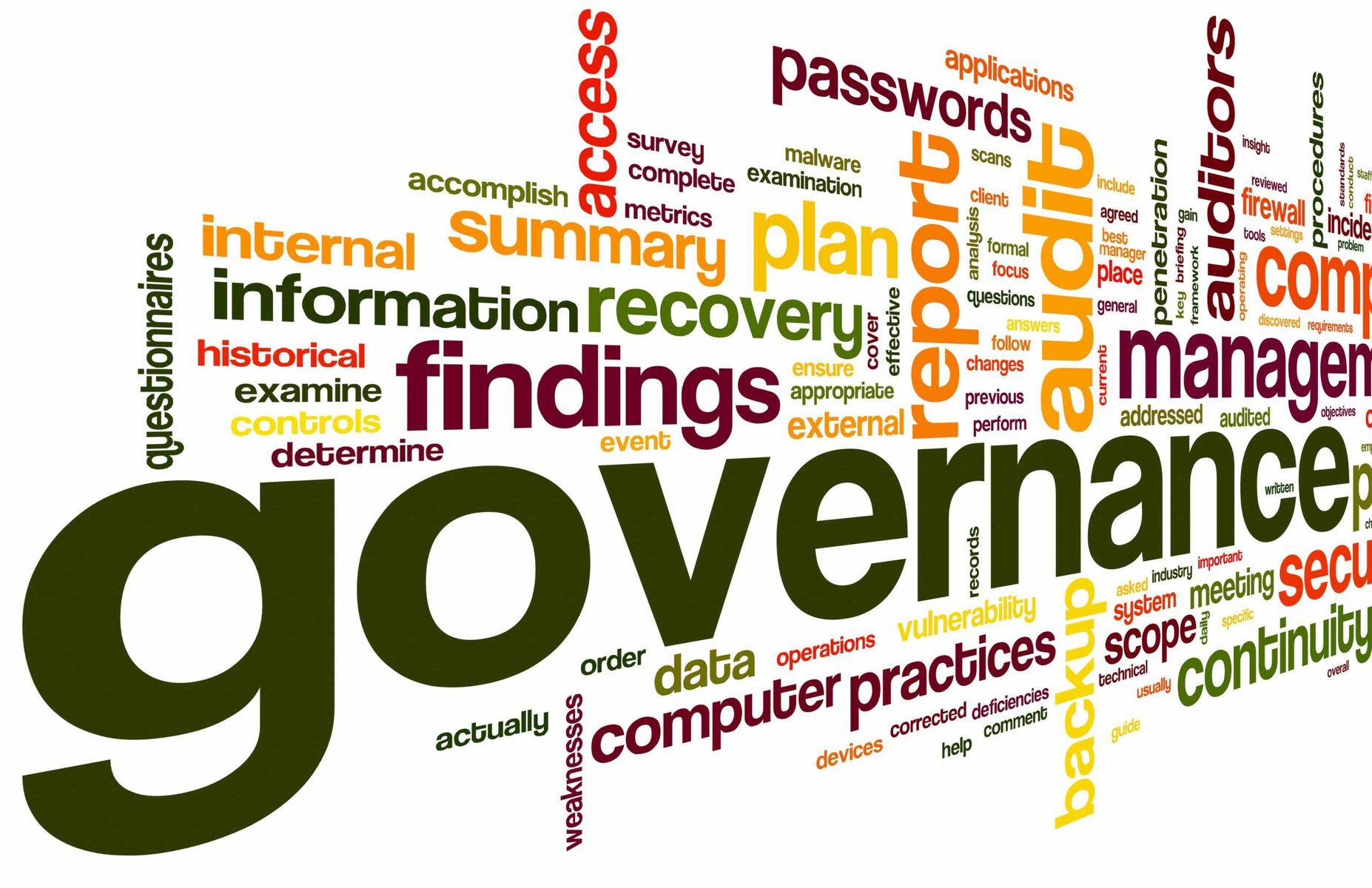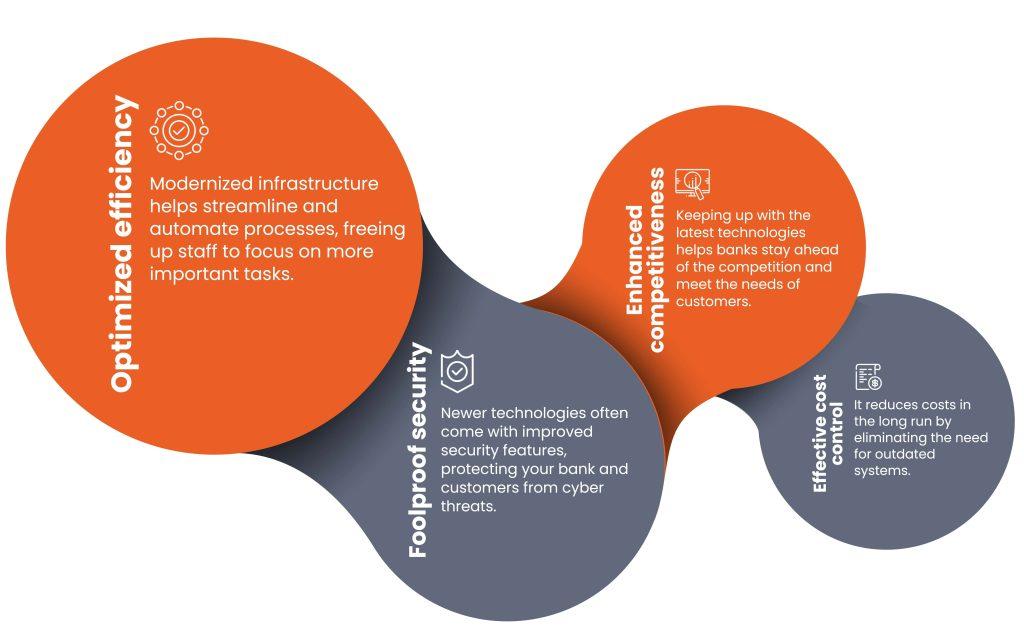In an era marked by rapid technological advancement and shifting consumer expectations, the landscape of banking is undergoing a seismic transformation. Core banking systems, once the bedrock of financial institutions, now face the imperative for modernization to remain relevant and competitive. The shift from traditional methods to innovative solutions not only enhances operational efficiency but also empowers banks to deliver personalized services that meet the evolving needs of their customers. This article delves into the strategies for revamping core banking systems, exploring how institutions can harness the power of technology to unlock new value streams, foster agility, and create an ecosystem that adapts to a, fast-paced digital world. Join us as we navigate the critical pathways to modernization, addressing the challenges and unveiling the opportunities that lie ahead for banks ready to embrace change.
Embracing Digital Transformation to Enhance Customer Experience
In today’s fast-paced banking environment, leveraging technology is paramount for delivering an exceptional customer experience. By adopting a customer-centric approach, financial institutions can seamlessly integrate digital solutions that meet evolving client needs. Key strategies for this transformation include:
- Omni-channel Engagement: Ensuring consistent experiences across mobile, web, and in-branch services to enhance customer satisfaction.
- Personalization: Using data analytics to tailor services and communications based on individual customer preferences and behaviors.
- Automation: Implementing AI-driven tools for faster responses and streamlined operations that reduce wait times.
- Self-Service Options: Empowering customers with online resources and applications that facilitate independent banking.
To evaluate the effectiveness of these transformations, banks must regularly assess customer feedback and performance metrics. Adopting a data-driven mindset allows for informed decisions that continuously improve the customer journey. Below is a simplified comparison of traditional banking versus modern digital-first strategies:
| Features | Traditional Banking | Digital-First Banking |
|---|---|---|
| Customer Support | Limited hours | 24/7 access |
| Transaction Speed | Manual processing | Instant processing |
| Data Utilization | Minimal analytics | Advanced analytics for insights |
| Accessibility | In-person visits required | Mobile and online access |

Integrating Advanced Technologies for Seamless Operations
Integrating cutting-edge technologies into core banking systems is essential for achieving operational efficiency and enhancing customer experience. By leveraging artificial intelligence and machine learning, banks can analyze customer data to provide personalized services and anticipate client needs. Furthermore, blockchain technology offers increased security and transparency for transactions, revolutionizing how institutions maintain trust and integrity. Notably, the adoption of cloud computing allows for flexible scalability and cost reduction, enabling banks to respond quickly to market changes.
To successfully implement these advancements, financial institutions should focus on the following key strategies:
- Collaboration with fintech start-ups: Partnership can accelerate innovation and foster fresh ideas.
- Investment in talent: Hiring skilled professionals in technology and analytics is crucial for harnessing new tools effectively.
- Adopting an agile framework: This approach facilitates quick adjustments to evolving market demands and enhances project delivery speed.
| Technology | Benefit |
|---|---|
| Artificial Intelligence | Enhanced customer insights |
| Blockchain | Increased transaction security |
| Cloud Computing | Scalability and cost-effectiveness |

Fostering a Culture of Innovation to Drive Continuous Improvement
Creating an ecosystem that embraces change is essential for any financial institution aiming to modernize its core banking solutions. This culture encourages team members at all levels to experiment with new ideas and technologies, leading to innovative solutions that can address challenges head-on. Essential to this approach is an emphasis on collaboration, where diverse teams come together to share insights and develop ideas that might not arise in isolation. By recognizing and rewarding creativity, organizations can motivate employees to contribute their best efforts towards innovation.
To support this shift, organizations can implement several key strategies:
- Dedicated Innovation Hubs: Spaces geared towards brainstorming and developing new ideas can stimulate creative thinking.
- Regular Workshops: Training sessions that focus on new technologies and methodologies help keep skills sharp and minds open to possibilities.
- Feedback Mechanisms: Establishing channels for employees to share their experiences and suggestions fosters a sense of ownership and involvement.
- Cross-Functional Teams: Bringing together individuals from different departments encourages diverse perspectives and richer problem-solving approaches.
Consider the below table, which illustrates the impact of fostering an innovative culture on key performance indicators (KPIs) within a financial institution:
| Indicator | Before Innovation Culture | After Innovation Culture |
|---|---|---|
| Employee Engagement | 65% | 85% |
| New Product Launches Annually | 3 | 10 |
| Customer Satisfaction Score | 72% | 89% |

Aligning Governance and Compliance with Modern Banking Standards
In the rapidly evolving landscape of modern banking, aligning governance and compliance with industry standards is quintessential for establishing trust and longevity. Financial institutions must ensure that their frameworks are not only compliant with regulatory requirements but also flexible enough to adapt to new developments. Key strategies for achieving this alignment include:
- Robust Risk Management: Implementing comprehensive risk assessment frameworks that anticipate emerging threats, thereby ensuring strategic responsiveness.
- Technology Integration: Leveraging advanced technologies, such as AI and blockchain, to enhance regulatory reporting and compliance tracking processes.
- Continuous Training: Investing in ongoing education for staff on compliance responsibilities and emerging regulations, fostering a culture of proactive adherence.
Moreover, fostering a transparent communication channel between compliance and operational teams is imperative for effective governance. This collaboration can be bolstered through regular audits and updates, ensuring that changes in regulatory bodies are swiftly acknowledged and addressed. To further illustrate this, consider the following advantages of unified governance and compliance:
| Advantage | Description |
|---|---|
| Enhanced Efficiency | Streamlines operational processes and reduces redundancies. |
| Increased Transparency | Builds stakeholder trust through open disclosure practices. |
| Regulatory Agility | Enables quick adaptation to regulatory changes, minimizing risk exposure. |
Insights and Conclusions
As we draw the curtain on our exploration of revamping core banking, it becomes clear that modernization is not merely a choice but a necessity in today’s rapidly evolving financial landscape. The strategies we’ve discussed—embracing technology, prioritizing customer experience, fostering innovation, and ensuring regulatory compliance—serve as stepping stones toward creating a resilient banking framework.
By adopting a forward-thinking approach, financial institutions can transform their core systems into agile, responsive entities that not only meet the demands of today but also anticipate the needs of tomorrow. It’s a journey that requires commitment and flexibility, but the rewards are profound—a streamlined operation, increased customer satisfaction, and sustained competitive advantage.
As the banking industry continues to navigate uncharted waters, those who invest in the future will emerge stronger, equipped to provide unparalleled value and experience to their customers. The road to modernization may be complex, but with the right strategies in place, your institution can thrive in this new era. Let the transformation begin.
